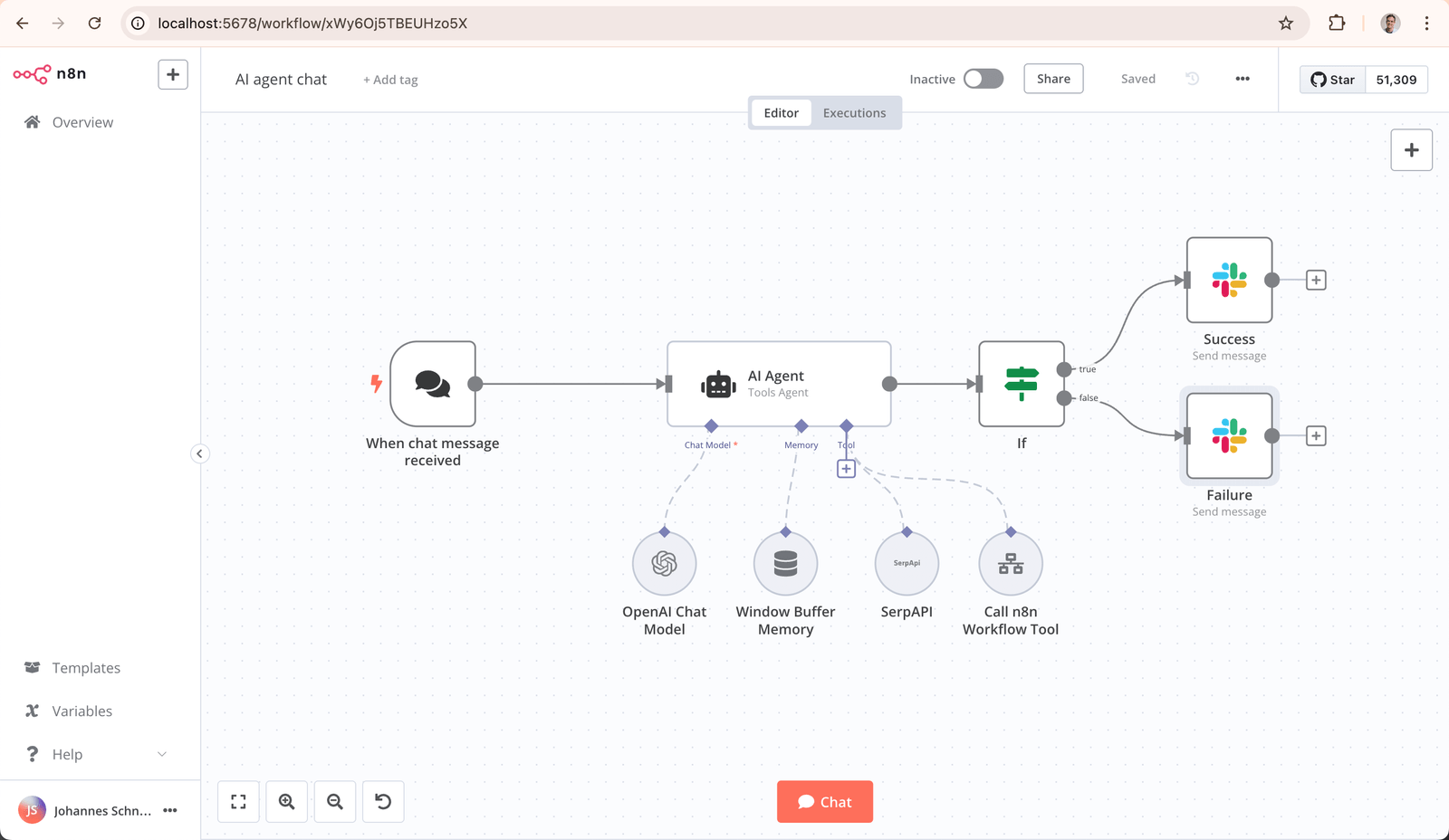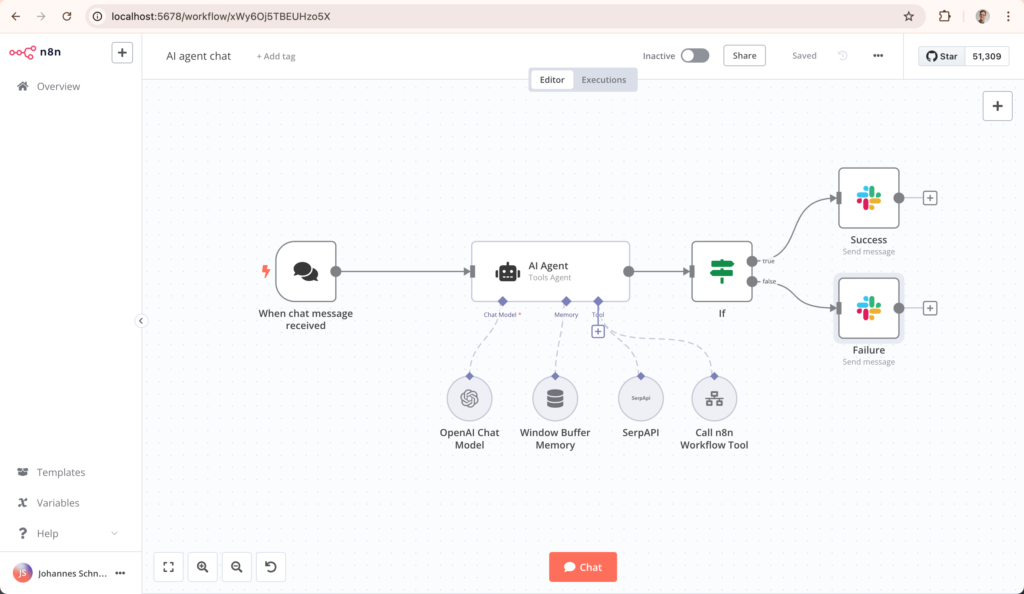Automation is the key to increasing productivity, saving time, and effectively scaling operations in today’s fast-paced digital world. Presenting n8n, a potent open-source workflow automation tool that enables developers, marketers, and companies to link apps, optimize processes, and establish smooth workflows without the need for complex coding. N8n is transforming the way we work in 2025, whether you’re a business owner trying to maximize lead generation or a content creator looking to automate blog publishing. This thorough guide explains what n8n is, its main characteristics, how to configure it for creating SEO-friendly content, and why automation enthusiasts find it revolutionary.
What is n8n?
The open-source, node-based workflow automation platform n8n (pronounced “n-eight-n”) enables users to link different services and apps to automate tedious tasks. In contrast to conventional automation tools, n8n provides a visual interface through which users can construct workflows by joining “nodes” (which stand in for actions or apps) to produce intricate, personalized procedures.
Because of its versatility, n8n is a favorite among marketers, developers, and companies trying to optimize their operations. It can be used for anything from creating SEO-optimized blog posts to scheduling social media updates.
Users can automate almost any task with n8n’s more than 200 integrations, which include WordPress, Google Sheets, OpenAI, and Telegram.
Accessibility is guaranteed by its fair-code licensing model, and data security is controlled by self-hosted and cloud-based options. By 2025, n8n is the preferred tool for developing AI-powered workflows, which makes it perfect for digital agencies, SEO specialists, and content producers.
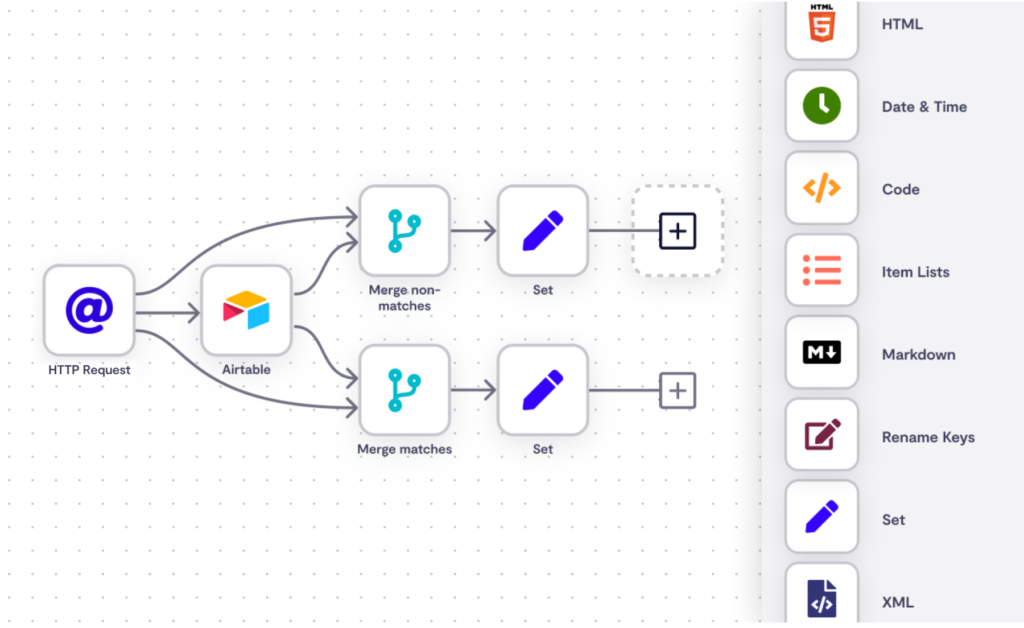
The Reasons N8n Is Ideal for SEO Automation
N8n excels at automating SEO tasks for content producers and digital marketers, including keyword research, content creation, and publication. The entire content creation process is streamlined by n8n’s integration with SEO tools like SEMrush and Ahrefs and AI models like DeepSeek, OpenAI, or Gemini. The following explains why n8n is essential for SEO in 2025:
Time Efficiency: To save hours of manual labor, automate repetitive processes like content drafting, keyword analysis, and publishing.
Create keyword-rich content, meta tags, and slugs in accordance with search engine best practices for SEO optimization.
Scalability: Manage extensive content creation without growing the workforce or expenses.
Data-Driven Insights: Use analytics tools to track the effectiveness of content and make real-time strategy adjustments.

Essential Elements of n8n for Automation
Because of its extensive feature set, it can be used to automate a variety of tasks. The following distinguishing characteristics will make it a dominant force in 2025:
1. By connecting nodes, which each represent an application or action, users can create workflows using the Visual Workflow Builder’s drag-and-drop interface. A node might, for instance, publish a post to WordPress, retrieve data from Google Sheets, or start a workflow with a Telegram command. Non-developers can use this user-friendly design because it requires little coding expertise.
2. Comprehensive Integrations
With more than 200 pre-built nodes, n8n can be integrated with well-known programs like Google Drive, Slack, WordPress, and AI services like DeepSeek and OpenAI. The HTTP Request node can also be used to create custom nodes that enable connections to almost any service that is API-enabled.
3. Powered by AI, advanced content creation is made possible by automation’s integration with AI models such as OpenAI, Gemini, and DeepSeek. This includes writing 1,500-word blog posts and producing SEO-optimized meta descriptions. To ensure a full content creation pipeline, workflows can also include image generation for blog visuals.
4. Cloud or Self-Hosted Choices
Users have control over data security with n8n’s self-hosted and cloud-based deployment options. While the cloud version provides quick setup for smaller teams, self-hosted instances are best suited for businesses with stringent compliance requirements.
5. Triggers and Scheduling
Multiple triggers, including scheduled, webhook-based, and manual triggers, are supported by n8n. For instance, a Telegram command like /generate can be used to initiate a workflow on-demand or to run every three hours to create and publish a blog post.
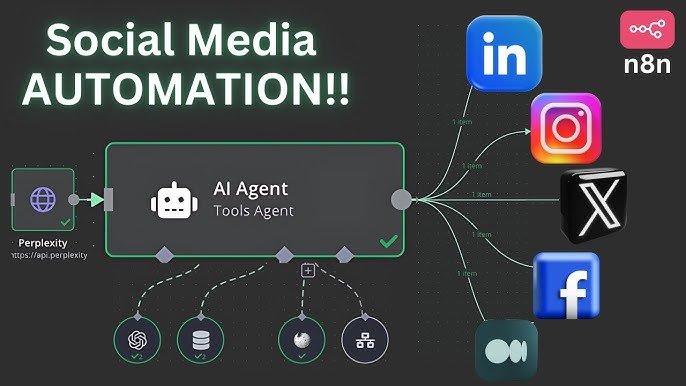
How to Create an SEO-Friendly Content Creation Workflow
Using n8n to create an SEO-optimized content workflow is simple and very adaptable. Here’s a detailed guide to creating a workflow that creates and publishes SEO-friendly blog posts using templates from n8n.io and community forums, including BlogBlitz.
Step 1: Configure Your instance of n8n
Select Deployment: Choose between n8n’s cloud service for convenience or a self-hosted n8n instance (using a VPS like Hostinger’s KVM 1 plan).
Set up dependencies: Install the necessary nodes, like @n8n/n8n-nodes-langchain for AI integrations, and make sure your internet connection is steady.
Set up your credentials: Configure the API keys for Google Sheets, OpenAI, DeepSeek, OpenRouter, WordPress, and any other tools you intend to use.
Step 2: Establish a New Process
Click “Create Workflow” after opening your N8N dashboard. Give it a name like “SEO Blog Automation.”
To start the workflow, add a Manual Trigger or Schedule Trigger. For instance, use a Telegram command (/generate) to trigger it or schedule it to run every three hours.
Step 3: Gather Ideas for Content
To extract topics or keywords from a pre-made spreadsheet, add a Google Sheets Node. “Topic,” “Keywords,” and “Category” are examples of columns.
As an alternative, use a DeepSeek Node to retrieve popular subjects in response to a prompt such as “Compute one blog keyword related to productivity, automation, or artificial intelligence for 2025.”
Step 4: Produce Content
Create a 1,500–2,500 word article by adding an OpenAI or DeepSeek node. For example, “Write an SEO-optimized blog post based on [keyword] with clear headings and a call-to-action.” For readability, make sure the content is organized using H2 and H3 headings.
To create a title, slug, focus keyphrase, and meta description, use an OpenRouter Node. For instance: “Create a title and meta description for [topic] that are rich in keywords.”
Step 5: Include Images
Use a prompt such as “Generate a vivid, realistic featured image for a blog post about [topic]” to integrate an OpenAI Node for image generation.
Upload the image to your CMS media library using a WordPress Node, then select it as the featured image.
Step 6: Post and Inform
To publish the post as a draft or live, add a WordPress Node with the author ID, category, and meta tags.
Send a notification with the title and URL as soon as the post is published using a Telegram or Discord node.
Use an Update Sheet Node to add post details (such as the URL, title, and metadata) to the Google Sheet.
Step 7: Evaluate and Adjust
Click “Test Workflow” in n8n to test the workflow. Verify that the post is published correctly by visiting the WordPress website.
To improve SEO performance, add nodes for internal linking, social media sharing, and keyword density analysis to the workflow.
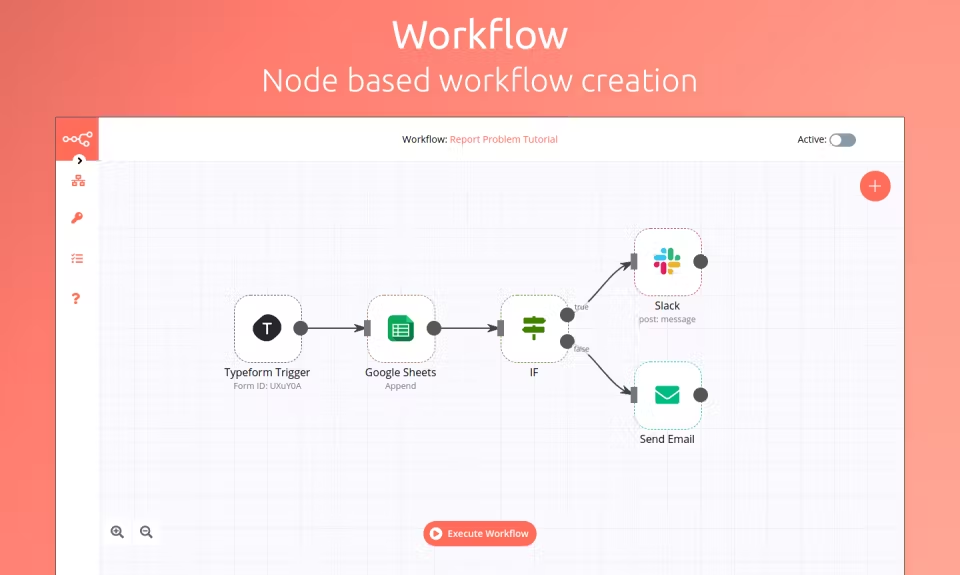
Advantages of n8n for SEO Automation
There are many benefits to using a n8n workflow for creating SEO content:
Consistency: Create new content on a regular basis to improve SEO rankings without requiring human labor.
Savings: By removing the need for large teams and automating the ideation, writing, and publishing processes, content production costs can be decreased.
Scalability: Perfect for agencies and e-commerce companies, this feature makes it simple to scale content output for numerous clients or websites.
Performance tracking: To keep an eye on rankings and improve content strategies, integrate with tools like Ahrefs or Google Search Console.
Top Techniques for n8n SEO Processes
Use these best practices to get the most out of your n8n automation:
Fact-Check AI Content: To prevent plagiarism and preserve credibility, always check AI-generated content for originality and accuracy.
Optimize for User Intent: To comply with search engine algorithms, concentrate on long-tail keywords and user-focused content.
Keep an eye on API Limits: To avoid interruptions, set up processes to adhere to API rate limits for programs like WordPress or OpenAI.
Frequent Updates: Make constant improvements to prompts and templates to accommodate changing AI model updates and SEO trends.
Employ Error Handling: To ensure dependability, add error-handling nodes to handle unsuccessful API calls or workflow disruptions.
Where to Look for Workflow Templates
A multitude of pre-made templates are available from the n8n community to help you get started with automation. Take a look:
n8n.io Templates: Examine content automation processes such as BlogBlitz or SEO-Optimized WordPress Posts.
GitHub repositories: Both free and premium templates for SEO tasks are available from repositories such as X8D/seo-templates and virajshrivastav/seo-blog-automation.
Community Forum: Discover shared workflows and tutorials for keyword research, blog writing, and other topics.
In conclusion, use n8n to transform your workflow.
By enabling users to easily create complex, SEO-friendly workflows, n8n is redefining automation in 2025. N8n’s visual interface, wide range of integrations, and artificial intelligence capabilities make it an essential tool for businesses and digital marketers, whether they’re automating blog posts, keyword research, or performance tracking.
You can maintain high-quality content while saving time, money, and improving your SEO performance by implementing a customized workflow. To fully realize the benefits of automation for your company, begin investigating n8n right now!
Are you prepared to use n8n to automate your SEO strategy? Leave a comment with your best workflow suggestions!

